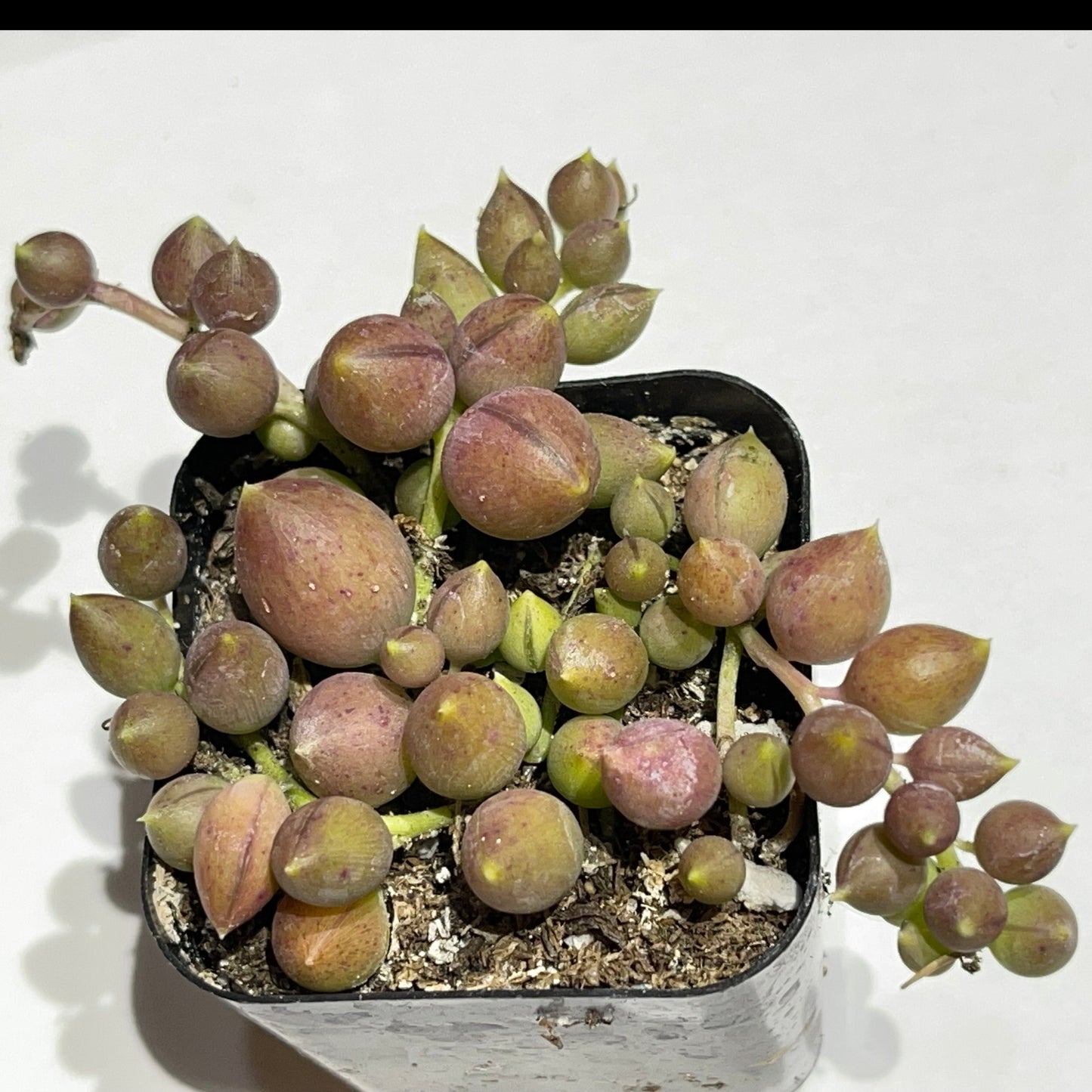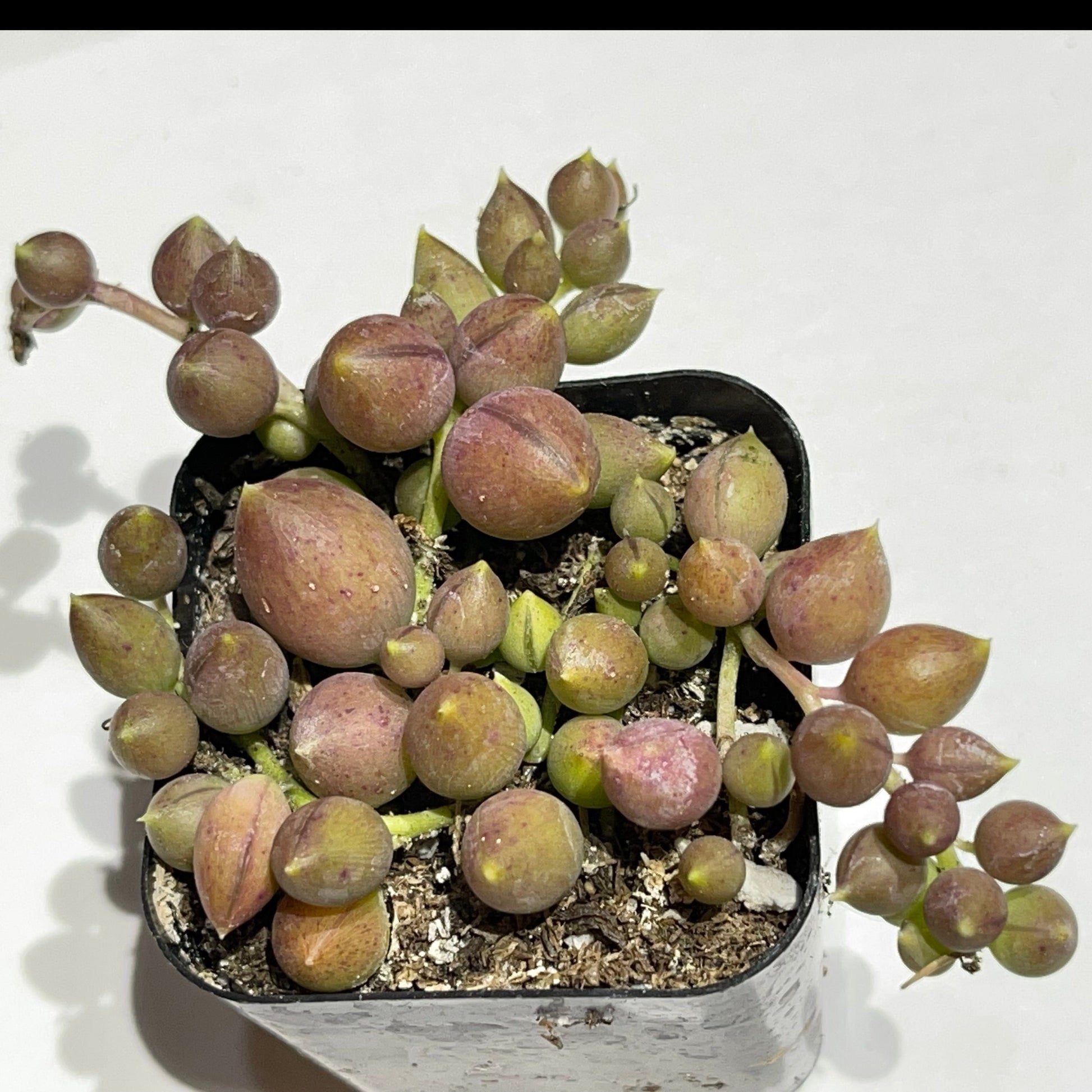SEAH
Angel Tears Brocade Variegated
Angel Tears Brocade Variegated
Couldn't load pickup availability
The term "Angel Tears Brocade Variegated" seems to describe a plant with a unique and decorative appearance, possibly a type of variegated succulent or houseplant known for its distinctive features. Without a specific scientific name, it's challenging to provide precise details, but I'll provide information based on common characteristics of variegated succulents and plants often referred to with similar names.
Morphological Characteristics
- Leaves: Variegated plants, including those nicknamed "Angel Tears," often have leaves with multiple colors. These may include patterns of green, white, yellow, and sometimes pink. The leaves may be tear-shaped, contributing to the "tears" aspect of its name, with a brocade-like, intricate variegation pattern that gives it a unique aesthetic.
- Size: Depending on the exact species, these plants can vary widely in size but generally remain compact, making them ideal for indoor cultivation.
- Flowers: If the plant flowers, the blooms are usually small and may not be the main attraction compared to the variegated foliage.
Growth Habits
- Light: Prefers bright, indirect light to maintain its variegation. Direct sunlight might bleach the leaves, whereas too little light can cause the variegation to fade.
- Temperature: Enjoys a warm, stable environment; typical room temperatures are suitable. It's important to protect it from drafts and extreme temperature changes.
Maintenance Points
- Soil: Requires well-draining soil. A mix designed for cacti and succulents can be a good choice, ensuring proper drainage and aeration.
- Watering: Like many variegated plants, it's essential to let the soil dry out between waterings to prevent root rot. Overwatering is a common mistake.
- Fertilization: Use a balanced, diluted fertilizer during the growing season (spring and summer) to encourage growth. Reduce or stop fertilizing in the dormant winter months.
Reproduction Method
- Offsets or Pups: Many succulents and variegated plants reproduce by producing offsets or pups that can be carefully separated and replanted once they've grown large enough.
- Leaf Cuttings: Some succulents allow for propagation through leaf cuttings. A healthy leaf can be placed on soil to root and form a new plant, although this may be less effective for highly variegated varieties.
- Division: For some plants, division of the root ball during repotting can be an effective way to propagate, ensuring each new plant has a portion of the roots.
It's worth noting that variegated plants often require more light to maintain their unique coloring than their non-variegated counterparts. However, too much direct sunlight can damage the leaves. The key to caring for variegated plants like "Angel Tears Brocade Variegated" is balancing these needs to keep the plant healthy and the variegation vibrant.
Share

